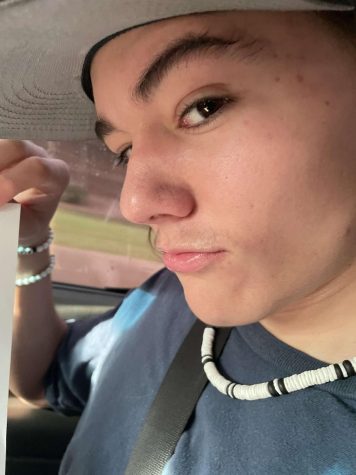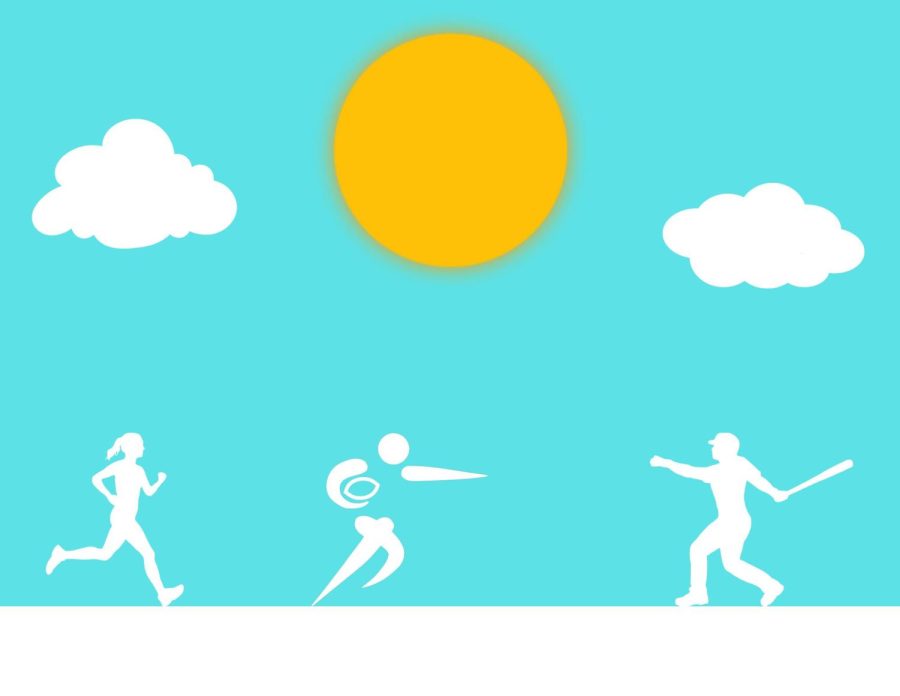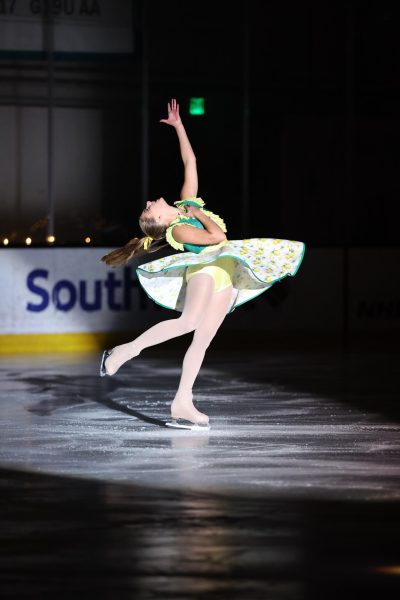Athletes training in summer heat
In the valley, temperatures can reach over 110 degrees Fahrenheit. When that is mixed with the bright sun, athletes need to adapt to training in the hotter months.
During Arizona summers, athletes must find ways to escape the heat while continuing to train for their sport. The temperature reaches above 110 degrees, almost every day in the prime of the warmer months. Despite the high temperatures, athletes will continue to train.
One of the largest sports, football, does not stop their training throughout the summertime. Sophomore Colin Stivers elaborated on some of the differences in training. He said that, “In summer there is a lot less running.”
There are many key differences between the summer and winter as well. Stivers spoke about this when he said, “In the winter there is a lot more running and conditioning, but in the summer there is a lot more weight lifting.” In most sports, there are many more indoor activities than outdoor during the hot months.
However, for some other sports, such as baseball, there are less differences. Junior Roman Earl said, “I train more in the summer.” This is different from football, especially Earl also stated that “Summer is more outdoor [activities].” Baseball does have different exercises as compared to football, as there is significantly less running as well as activities such as hitting, where there is not as much moving.
Many sports are able to escape the extreme temperatures by playing indoors. Many sports like badminton, or basketball have this privilege, and are never required to endure the heat outdoors. Other sports, such as swim and dive have the pool that they practice in, the pool is not particularly cold but it is cooler than it is outside.
Cross Country is almost always running under the extremely hot sun. Coach Brian Idleman said, “Growing up in Colorado, we could train at any time of the day, and we did not have to worry about water stops. But in Arizona, that is a big factor, we do a lot of practices in the morning.” During the hottest months, practices start at 6 a.m. When school officially starts, practices begin all the way at 5 a.m.
The cross country does continue through the summer months and into the winter months. Idleman elaborated on this, saying, “Once we get into September [or] October, we’re practicing mostly in the afternoon to acclimate to the heat. But once it cools off, you see improvements in performance.” As time goes on and the weather gets cooler, the practices can be held later in the day until the temperature gets cooler, to a point that it is bearable to play in.
There are many ways for sports teams and for athletes to deal with the heat. The extreme temperatures can be very dangerous to train in, but athletes continue to make do with what techniques they have to dodge the high temperatures.

Wyatt is a senior at Perry high school. This is his second year on the Precedent staff. Wyatt likes rock climbing, playing Fortnite with Taylor, and thrift...



